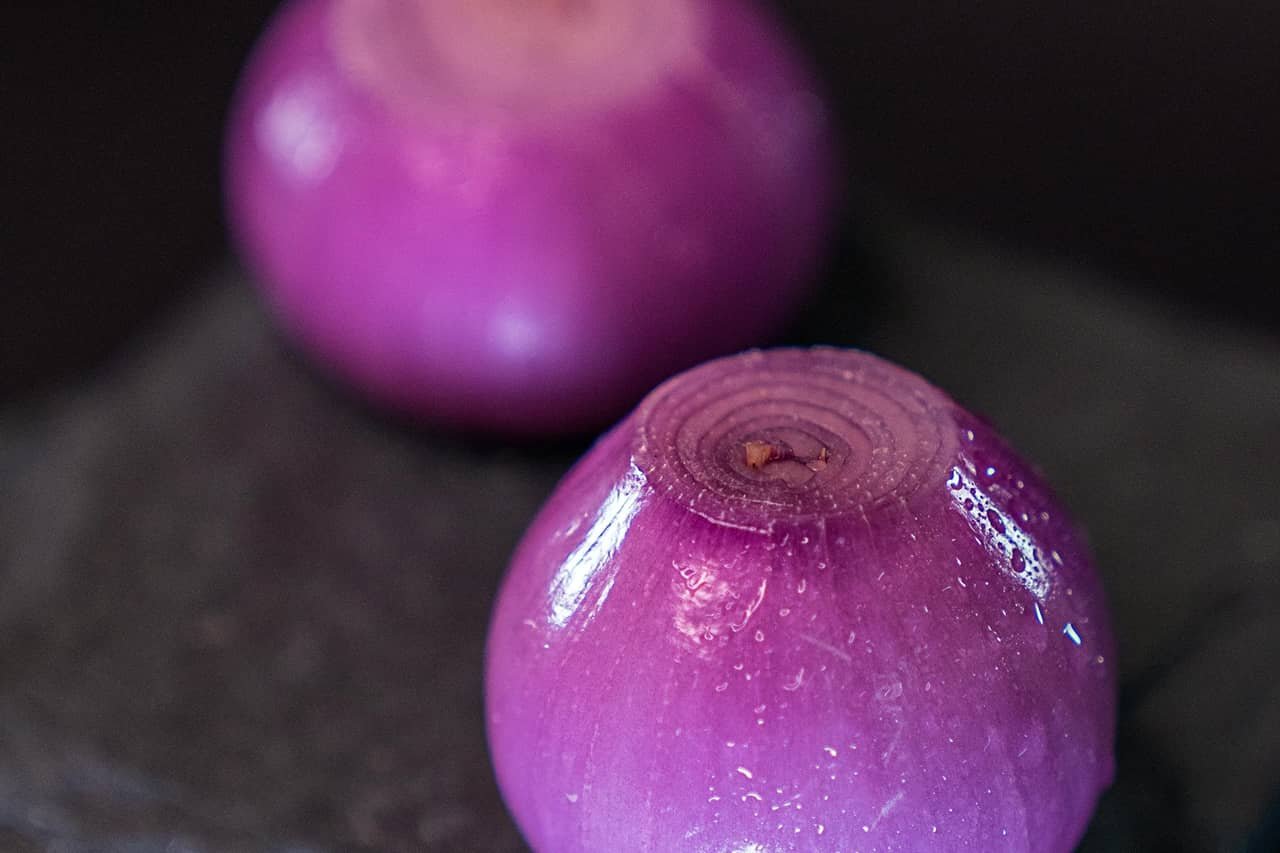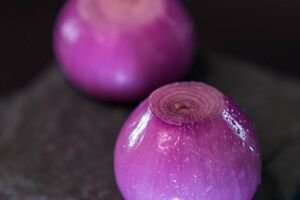The turmeric plant, scientifically known as Curcuma longa, is a captivating perennial herb that belongs to the ginger family. With its vibrant yellow color and a rich history dating back centuries, the turmeric plant has captured the attention of people worldwide. In this article, we will delve into the fascinating world of the turmeric plant, exploring its characteristics, cultivation, medicinal properties, and practical uses.

The versatility of the turmeric plant extends beyond its medicinal and practical uses. In recent years, turmeric has gained popularity as a natural ingredient in beauty and skincare products. Its anti-inflammatory and antioxidant properties make it an excellent choice for promoting healthy and glowing skin. Turmeric face masks, creams, and serums are known to help reduce acne, diminish dark spots and blemishes, and improve overall skin tone. Additionally, turmeric’s antimicrobial properties may aid in combating certain skin conditions and promoting a clear complexion.
Furthermore, the turmeric plant has caught the attention of researchers and scientists due to its potential therapeutic applications. Ongoing studies are exploring its role in managing chronic conditions such as cardiovascular diseases, diabetes, and neurodegenerative disorders. Although further research is needed to fully understand the extent of turmeric’s benefits in these areas, initial findings have been promising, indicating that turmeric may have a broader impact on human health beyond its traditional uses.
The turmeric plant is a true gem of nature, offering a spectrum of benefits, both ancient and modern. From its cultivation to its utilization in culinary delights, traditional medicine, skincare, and ongoing scientific research, the turmeric plant continues to fascinate and inspire. As you incorporate this golden spice into your life, whether through delicious recipes, natural remedies, or self-care rituals, savor the beauty and bask in the remarkable properties of the turmeric plant.
Characteristics of The Turmeric Plant:

The turmeric plant is a tropical herb that thrives in warm and humid climates. It features large, broad leaves that grow up to three feet in length. The plant can reach a height of about three to five feet and produces beautiful, trumpet-shaped flowers that range in color from white to pale yellow. However, it is the rhizome, or underground stem, that is the true treasure of the turmeric plant.
Cultivation of The Turmeric Plant:

The turmeric plant is primarily cultivated for its rhizomes, which are harvested for various purposes. Here are some essential aspects of cultivating turmeric:
a) Soil and Climate: The turmeric plant flourishes in well-drained, loamy soils with a pH range of 5.5 to 7.5. It requires a warm and humid climate with temperatures between 68°F and 95°F (20°C to 35°C).
b) Propagation: Turmeric can be propagated by planting fresh rhizomes or by using rhizome pieces with at least one or two buds. The rhizomes are planted horizontally, about 2 to 4 inches deep, in prepared beds.
c) Care and Maintenance: Adequate moisture and regular watering are crucial for the turmeric plant. It requires protection from direct sunlight and strong winds. Mulching can help retain moisture and control weed growth. Regular fertilization with organic matter promotes healthy growth.
d) Harvesting: The turmeric rhizomes are typically ready for harvesting after 7 to 10 months of planting. The leaves turn yellow, and the plant’s foliage starts to wither. Careful digging and washing are necessary to preserve the quality of the rhizomes.
Medicinal Properties and Traditional Uses:

For centuries, the turmeric plant has been revered for its medicinal properties in traditional systems of medicine such as Ayurveda and traditional Chinese medicine. The key bioactive compound responsible for its therapeutic effects is curcumin. Here are some notable medicinal uses of turmeric:
a) Anti-inflammatory Effects: Curcumin has potent anti-inflammatory properties, which may help alleviate symptoms of arthritis, promote joint health, and reduce inflammation in the body.
b) Antioxidant Activity: Turmeric is rich in antioxidants, which can neutralize harmful free radicals and protect cells from oxidative damage. This antioxidant activity may contribute to overall health and well-being.

c) Digestive Health: Turmeric has traditionally been used to support healthy digestion and relieve digestive disorders such as bloating, indigestion, and gastric discomfort.
d) Skin Care: The anti-inflammatory and antioxidant properties of turmeric make it a popular ingredient in skincare products. It may help reduce acne, improve skin tone, and provide a natural glow.
Practical Uses of the Turmeric Plant:
Apart from its medicinal properties, the turmeric plant offers various practical uses:
a) Culinary Delight: Turmeric is a staple spice in many cuisines worldwide. It adds a vibrant yellow color, distinct flavor, and earthy aroma to curries, rice dishes, soups, and marinades.
b) Natural Dye: The intense yellow pigment in turmeric has been used as a natural dye for fabrics, textiles, and even Easter eggs.

c) Religious Significance: Turmeric holds immense religious and cultural significance in various traditions. It is used in rituals, ceremonies, and as an offering in many cultures, particularly in India.
d) Natural Remedies: The turmeric plant has been used to prepare natural remedies for various ailments. From poultices and ointments for wound healing to concoctions for coughs and colds, turmeric has been a trusted herbal remedy.
What Are The Health Benefits of Turmeric Plant?
The turmeric plant (Curcuma longa) has been revered for centuries in traditional medicine due to its numerous health benefits. Widely known for its vibrant yellow color and pungent flavor, turmeric contains a bioactive compound called curcumin, which holds the key to its remarkable therapeutic properties. In this article, we delve into the vast array of benefits that this humble plant offers, ranging from its potent anti-inflammatory effects to its potential role in promoting overall well-being.
Powerful Anti-Inflammatory Effects:
Curcumin, the primary active ingredient in turmeric, is a potent anti-inflammatory compound that helps combat chronic inflammation in the body. Chronic inflammation has been linked to a variety of health conditions, including heart disease, cancer, and Alzheimer’s disease. By incorporating turmeric into your daily routine, you can harness its anti-inflammatory properties to potentially reduce the risk of these ailments and promote overall health.
Enhanced Antioxidant Activity:
Turmeric boasts strong antioxidant properties, which play a crucial role in protecting our cells from damage caused by free radicals. Free radicals are unstable molecules that can cause oxidative stress, leading to cellular damage and contributing to the development of various diseases. The antioxidants found in turmeric help neutralize these harmful free radicals, promoting cellular health and overall well-being.

Potential Cancer-Fighting Abilities:
Research suggests that curcumin may exhibit anti-cancer properties, making turmeric an exciting area of study in cancer research. Studies have shown that curcumin can inhibit the growth and spread of cancer cells and even induce apoptosis (cell death) in certain types of cancer. While more research is needed, adding turmeric to your diet or considering curcumin supplements may offer potential cancer-fighting benefits.
Supports Digestive Health:
Traditionally, turmeric has been used to support digestive health and improve digestion. It aids in the breakdown of dietary fats and stimulates the production of bile by the gallbladder, promoting better digestion. Turmeric may also help alleviate symptoms of gastrointestinal disorders such as irritable bowel syndrome (IBS) and may contribute to maintaining a healthy gut microbiome.
Boosts Brain Function and Mental Well-being:
Curcumin has shown promise in supporting brain health and cognitive function. It can cross the blood-brain barrier, which allows it to exert its beneficial effects directly in the brain. Research suggests that curcumin may help enhance memory, improve mood, and potentially reduce the risk of age-related cognitive decline and neurodegenerative diseases such as Alzheimer’s and Parkinson’s.
Potential Cardiovascular Benefits:
Turmeric may also have positive effects on cardiovascular health. It may help reduce LDL (bad) cholesterol levels, prevent the oxidation of LDL cholesterol, and improve endothelial function, thereby promoting heart health. Incorporating turmeric into a heart-healthy diet, along with regular exercise, may contribute to maintaining optimal cardiovascular function.
The turmeric plant, with its active compound curcumin, offers a wealth of health benefits that are increasingly supported by scientific research. From its potent anti-inflammatory and antioxidant properties to its potential cancer-fighting abilities, turmeric is a versatile and valuable addition to your wellness routine. By incorporating turmeric into your diet or considering curcumin supplements, you can unlock the potential of this remarkable plant and enjoy its wide-ranging advantages for your overall health and well-being.
Remember: to consult with a healthcare professional before making any significant changes to your diet or incorporating new supplements. While turmeric is generally safe for consumption, individual circumstances and existing health conditions may warrant personalized advice. Embrace the power of turmeric as part of a balanced lifestyle and experience the numerous benefits this remarkable plant has to offer. Start exploring the world of turmeric today and embark on a journey towards better health and vitality.
Remember to consult with a healthcare professional before making any significant changes to your diet or incorporating new supplements. While turmeric is generally safe for consumption, individual circumstances and existing health conditions may warrant personalized advice. Embrace the power of turmeric as part of a balanced lifestyle and experience the numerous benefits this remarkable plant has to offer. Start exploring the world of turmeric today and embark on a journey towards better health and vitality.
Conclusion:
The turmeric plant is a remarkable herb with a wide range of uses and benefits. From its vibrant yellow color to its medicinal properties and practical applications, turmeric has carved a special place in our lives. Whether you enjoy its culinary delights, explore its healing potential, or embrace its cultural significance, the turmeric plant continues to captivate and enrich our world. Embrace the beauty and benefits of the turmeric plant and unlock its wonders for a healthier and more vibrant life.
Remember, while turmeric offers many potential benefits, it is essential to consult a healthcare professional before using it for medicinal purposes, especially if you have any underlying health conditions or are taking medications.
- The Benefits of Applying Curd On Hair
- How to Cure Lost Voice Overnight? Effective Home Remedies to Cure a Lost Voice Overnight
- How To Cure Lactose Intolerance? Strategies and Lifestyle To Managing Lactose Intolerance
- The Health Benefits of Onion
- 11 Effective Home Remedies for Healing Anal Fissures
- How To Cure Neck Pain Fast At Home Remedies?
- Pumpkin Health Benefits For Women And Men
- How To Eat Chia Seeds | A Guide on How to Eat Chia Seeds for Optimal Nutrition and Flavorful Wellness
- What Is Moringa and its Health Benefits?
- Lion Mane Powder: Lion Mane Powder for Maximum Results, Side Effects















